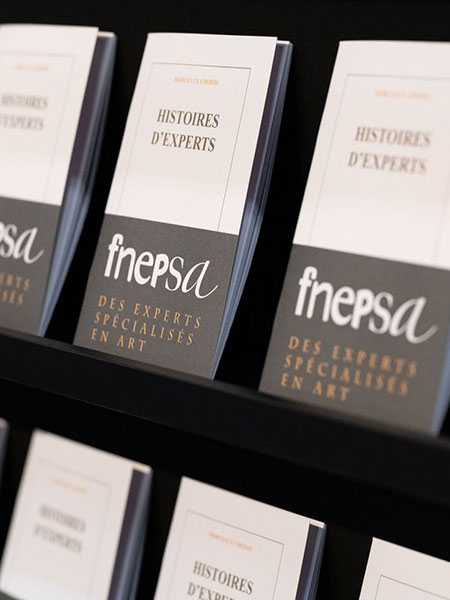The patinas on the tribal pieces (1) by Jean-Claude Herrera-Guttierez
In the field of tribal art, and probably more than in many others, the patina or its absence is the very first element that will orientate our look on the interest of a piece. Unconsciously, it influences our judgment well before the aesthetic and ethnographic qualities of an object.
We also tend to think that the older an object is, the more patina it has, and that a patina is a thick, dark crust that reveals lighter, shiny areas at points of friction...
Fortunately, things are not that simple. And yet this universal impression is widely exploited by all the exotic souvenir sellers in front of tourists who have gone to "do" Africa... but for a week at most! To their question: "Is it old? "these merchants will invariably answer: "Old? ... old as the earth! Boss! ... old as dirt!", just to flatter that feeling of superiority that always lies dormant in us and associated with a feeling of guilt that will trigger the act of buying. Who could blame them for using such arguments? The most embarrassing thing is when we see this type of attitude in our own homes, among professionals of all levels. But that is another very complex debate!
Definition and formation of a patina
As a general rule, patina forms over time during the use for which the object was designed. In the case of domestic utensils (kitchen, tools) this often results in the rapid formation of strong patinas of beautiful colours and sympathetic wear. Many common, so-called "ethnographic" pieces are the subject of such patinas. But it is the patinas on ritual pieces that most excite our imagination and those that forgers will try to imitate. The patina of ritual pieces is of course due to the function of the object during the rites. It is therefore important to avoid systematically associating "patina" with "thick crust". Indeed, certain uses mean that the real patina is precisely the absence of patina. To illustrate this, I will cite the example of the Korvar. This is both the name of a geographical area (North East Irian Jaya) and of anthropomorphic wooden sculptures. In rare cases, the head part was in fact a receptacle for an ancestor's skull. These reliquary sculptures, being very precious to the clan, were kept, outside of the rites, in a cloth wrapping acting as a shroud. They often lack patina and wear. Another ritual use consists, as among the Bambara of Mali, in taking out certain statues every seven years (Do Nyéléni, favourite of Faro, the goddess of water) and, after libations, washing them and anointing them with sesame oil or shea butter mixed with earth. The wood can have a dark or faded appearance and its veins are sometimes hollowed out by repeated brushing. In older pieces, this wear may appear artificial.
Although unattractive to the uninitiated, this process is widely used to deceive informed amateurs and the deception is not always easy to detect. Thick patinas, known as crusty patinas, are the most common. They are also the easiest to imitate and the quickest to mask the weakness of a sculpture. They can sometimes be found on pieces whose ritual use can in no way produce them (see the two examples cited above). To detect an anomaly, it is therefore necessary to have some idea of the type of ritual for which the objects are used.
These thick patinas are formed either by the addition of materials to the worshipped object in the form of offerings, or by its exposure or conservation in a confined and/or smoke-laden environment for example. The smell of smoke is one of the characteristics of tribal pieces. A West African mask smelling of smoke will probably have been artificially patinated over a green wood fire and is therefore likely to be fake. This is no longer so true in the case of a Nepalese piece, as conservation in a smoky environment is a reality and is therefore a good sign.

* Required fields
75001 Paris
France
